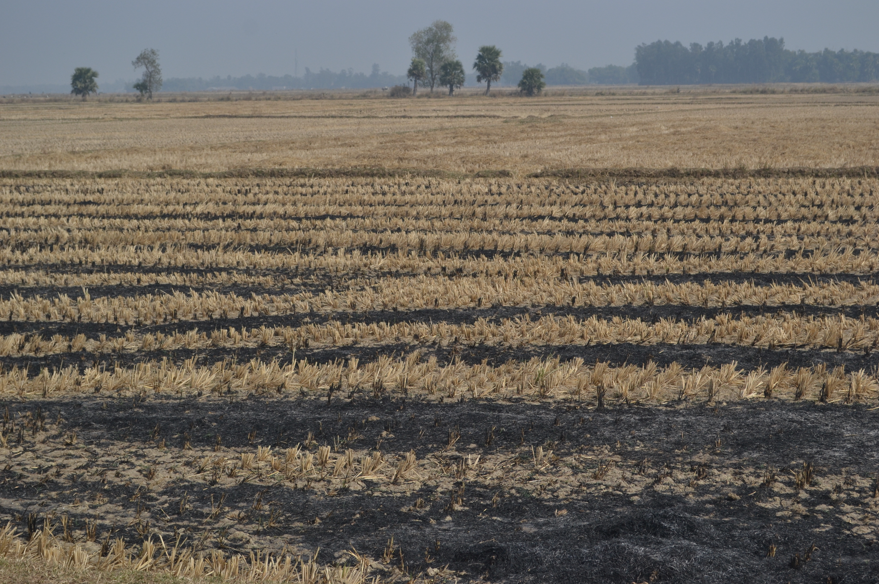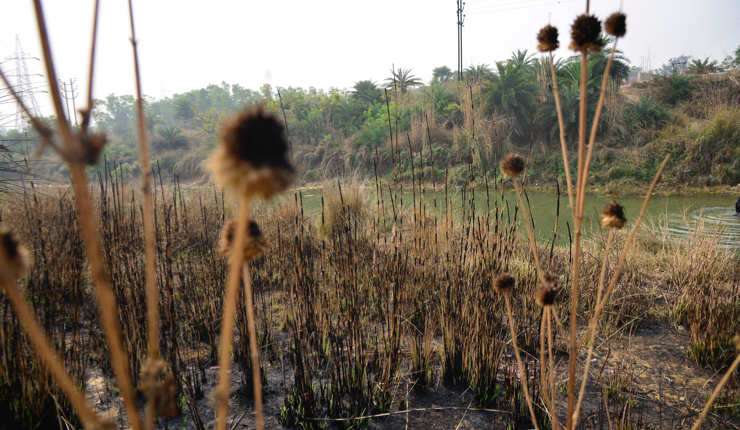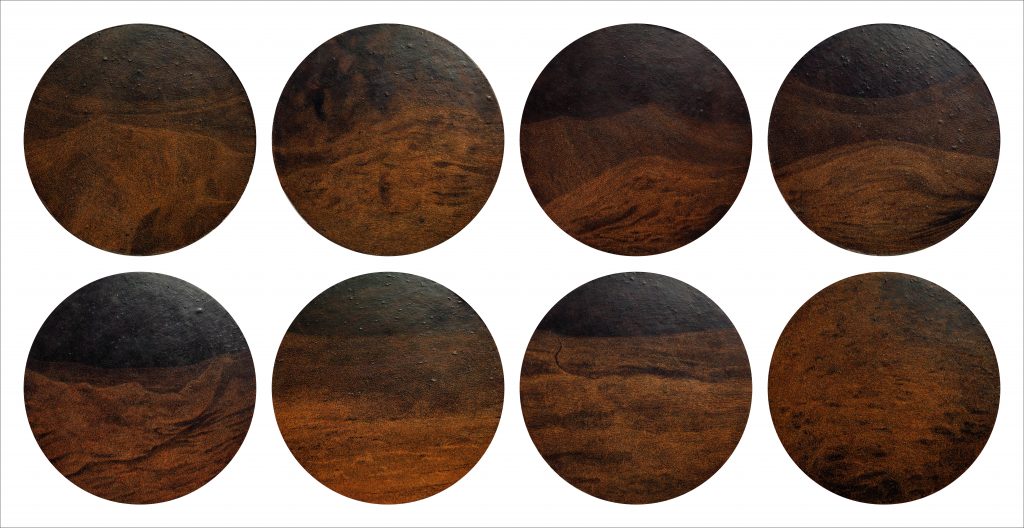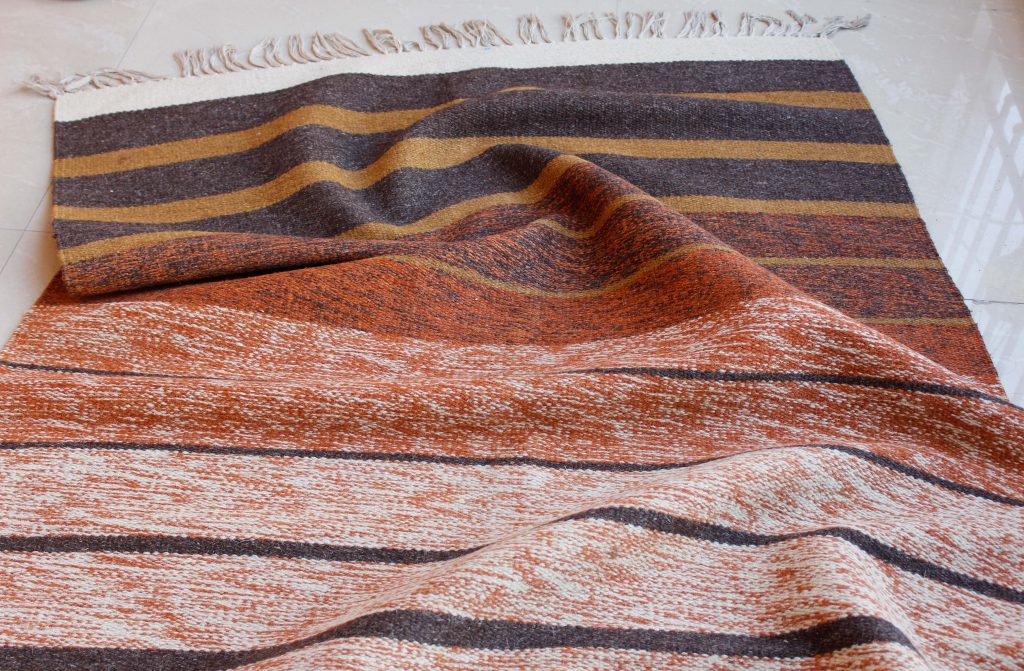Blogs
Drawing from Terrain
Riya Kumar
Exploring IARF Grantees Ruma Choudhury and Bansi Dholakiya’s works, which broadly tread the genre of landscapes and address a personal connection to land.
In June of 2021, MAP in partnership with 1Shanthiroad Studio launched a relief fund to support artists and their work during the difficult times posed by the Covid 19 pandemic. Open to all practicing artists in India, the relief fund received an overwhelming response with over 1000 applications. Twenty grantees were selected by an independent jury, who went on to create work under this grant and who later on offered mentorship conversations to the artists.
In an attempt to showcase the exciting work that was achieved under this grant, we have placed the grantees and their artworks in conversation with each other, to respond to and facilitate a conversation around the common themes or concerns addressed in their art.
Land, and its attributes, have offered us shelter and sustenance since time immemorial – our identities, customs and livelihoods are deeply intertwined with land. Yet, in recent decades, land and its natural resources have been exploited and plundered for economic benefit, with damaging effects on larger ecosystems. Within this context, Ruma Choudhury and Bansi Dholakiya’s work, which broadly tread the genre of landscapes, speak to and address a personal connection to land and geography.
Ruma comes from Birbhum in West Bengal. The terrain is dry, yet the presence of the Kopai river allows for pockets of cultivable land. Agriculture is the primary source of income for residents of Birbhum, and as Ruma describes, their livelihoods are often dependent on the course of the river and climatic conditions.

Birbhum Landscape, Ruma Choudhury, Image courtesy of the artist
While farmers usually clear the wild grass that grows near the river, Ruma uses this grass, along with straw and tree bark, to extract fibre which she then uses as material. Natural resources and derivatives from the land that would have been discarded find new form and purpose in her work.

Wild grass, Ruma Choudhury, Image courtesy of the artist
The seven panels translate the physicality of Birbhum’s landscape, while simultaneously mimicking the texture of the terrain. Her work functions as an ode to Birbhum, the place she calls home, but more importantly it nudges us to think more deeply about how we interact with land, what we derive from it and what we choose to discard.

Birbhum Landscape, Ruma Choudhary, 2021, Straw, sugarcane, wood fibre, cane of kans grees, found objects and charcoal, 24.5 x 8 feet (Set of 7 works), Image courtesy of the artist
On the surface, Bansi’s work also appears to depict a landscape, perhaps mountainous and arid as suggested by the use of browns. The circular format of her works also reminds us of planetary shapes – Bansi notes that she treats her working surface like the Earth. The textured effect is achieved through a process of meticulous layering where she begins with lighter colours and later applies darker colours.

Untitled, Bansi Dholakiya, 2021, Image courtesy of the artist
In my conversation with Bansi, she revealed that she is fascinated by the textures found in everyday objects. While her work draws partly from encounters with Gujarat’s landscape – the paddy fields, deserts and farms – she is also deeply interested in emulating the textures found in everyday objects. In particular, she speaks about the chattai, a mat found in many Indian households, usually made of thread or bamboo. Using paint, Bansi attempts to trace the intersecting patterns of the chattai. One can read the undulating forms in her work that lean into abstraction as an amalgamation of personal interactions with the terrain of Gujarat and her acute observations of surrounding objects.

Chattai, Courtesy of Bansi Dholakiya
Riya Kumar is a Curatorial Assistant at MAP. In her free time, she reads and watches instagram reels featuring golden retrievers.








